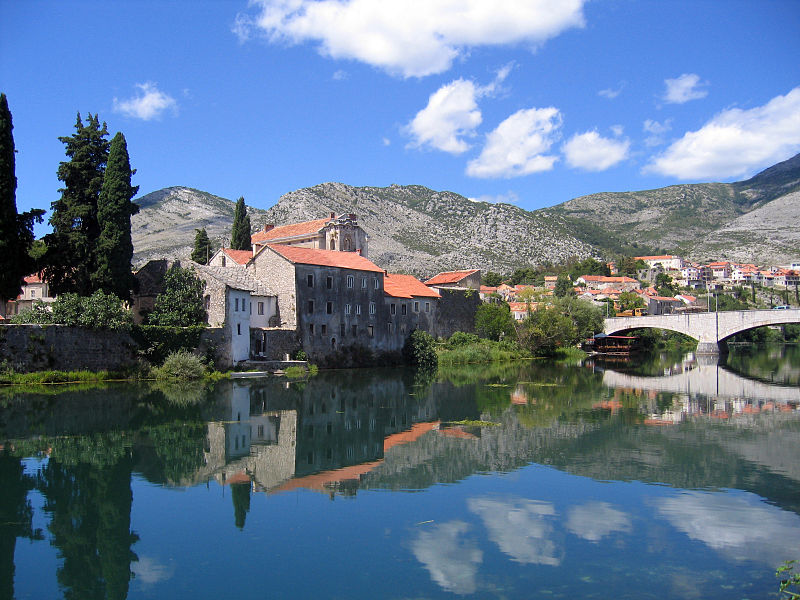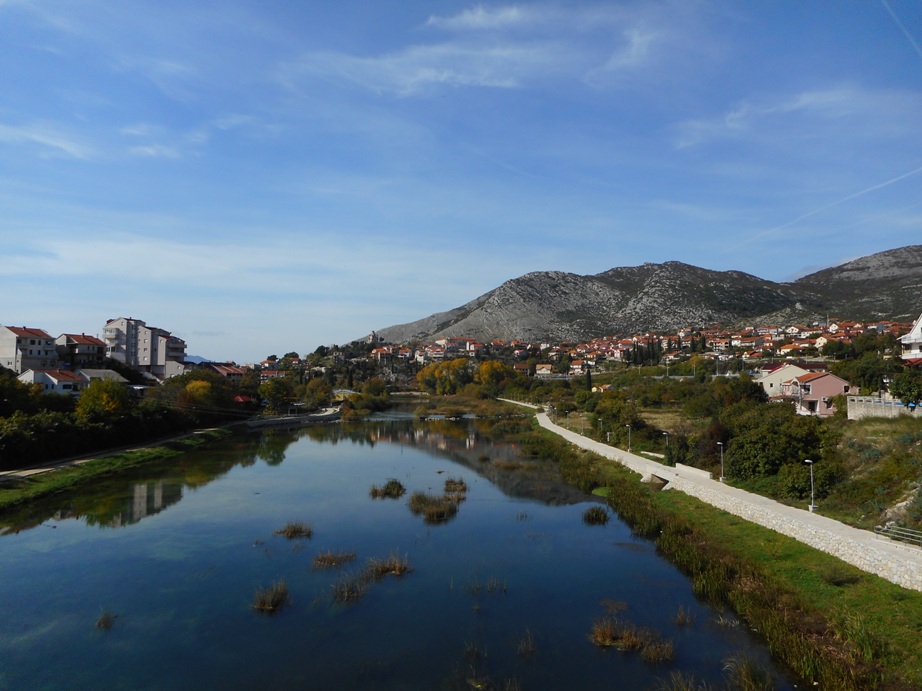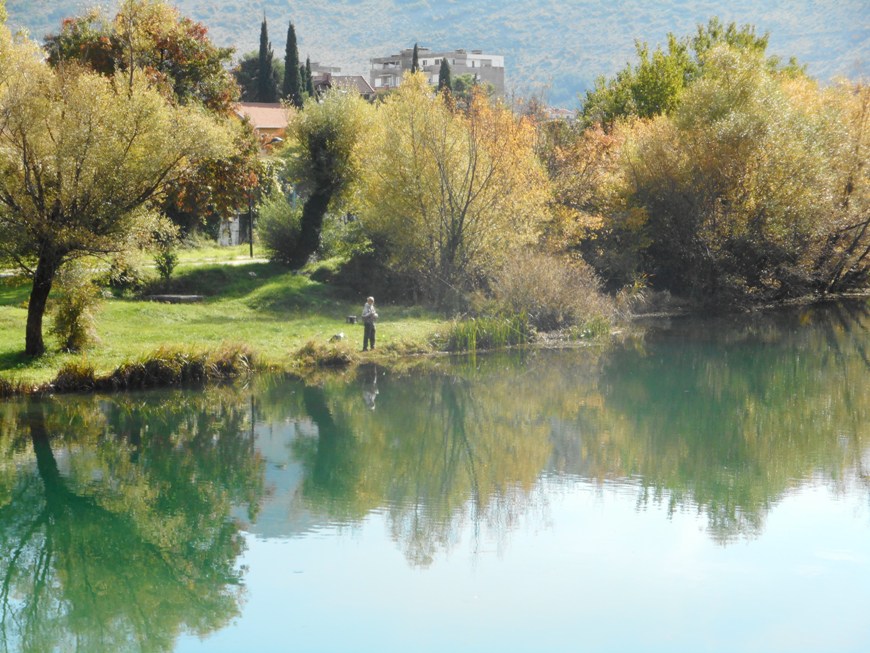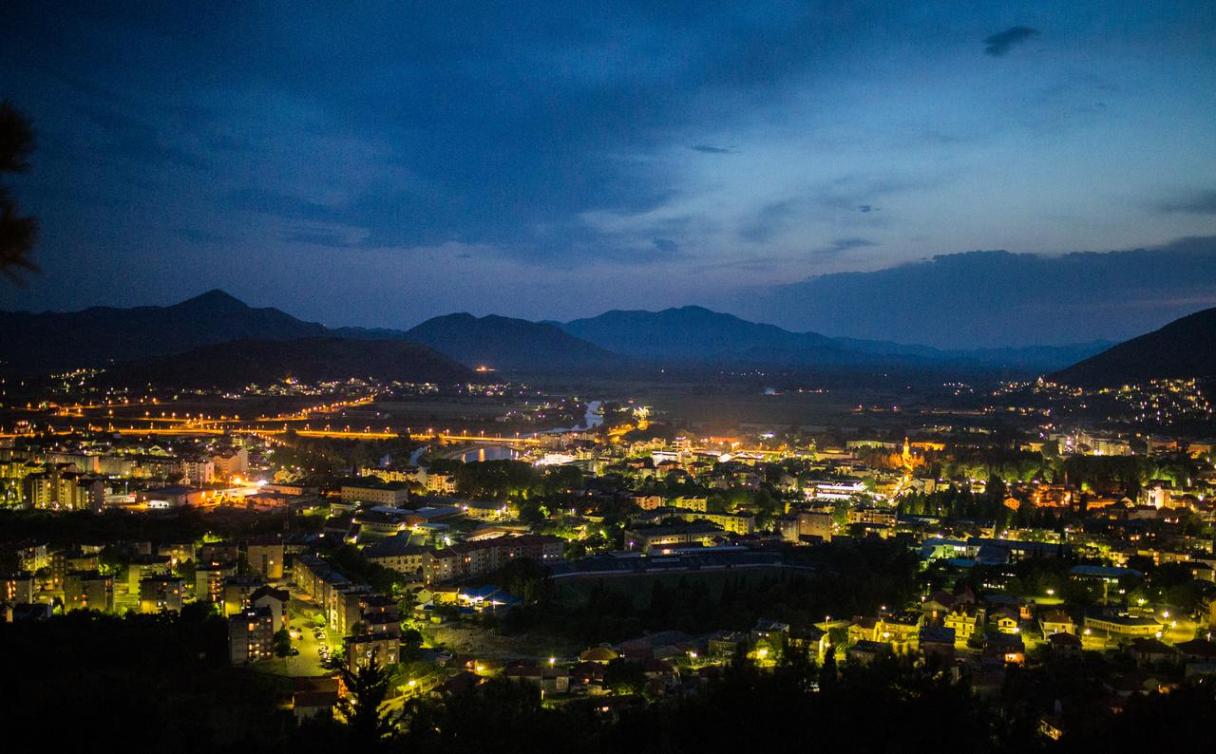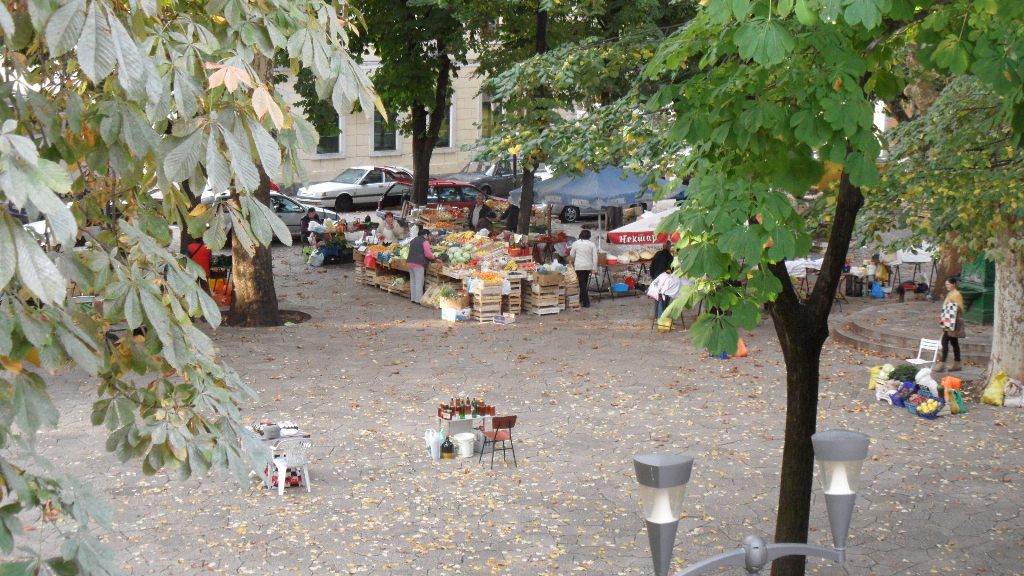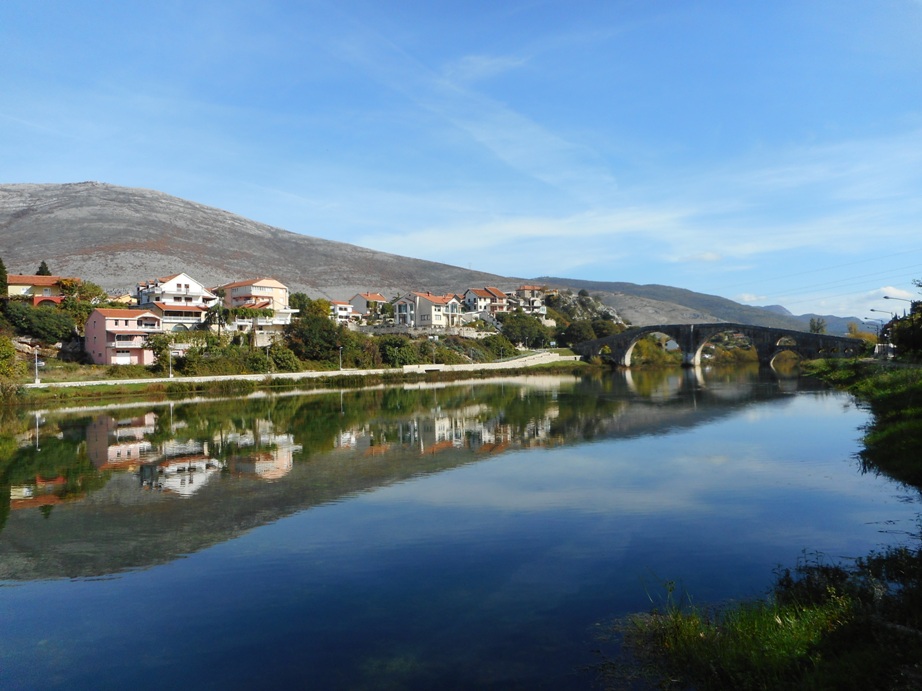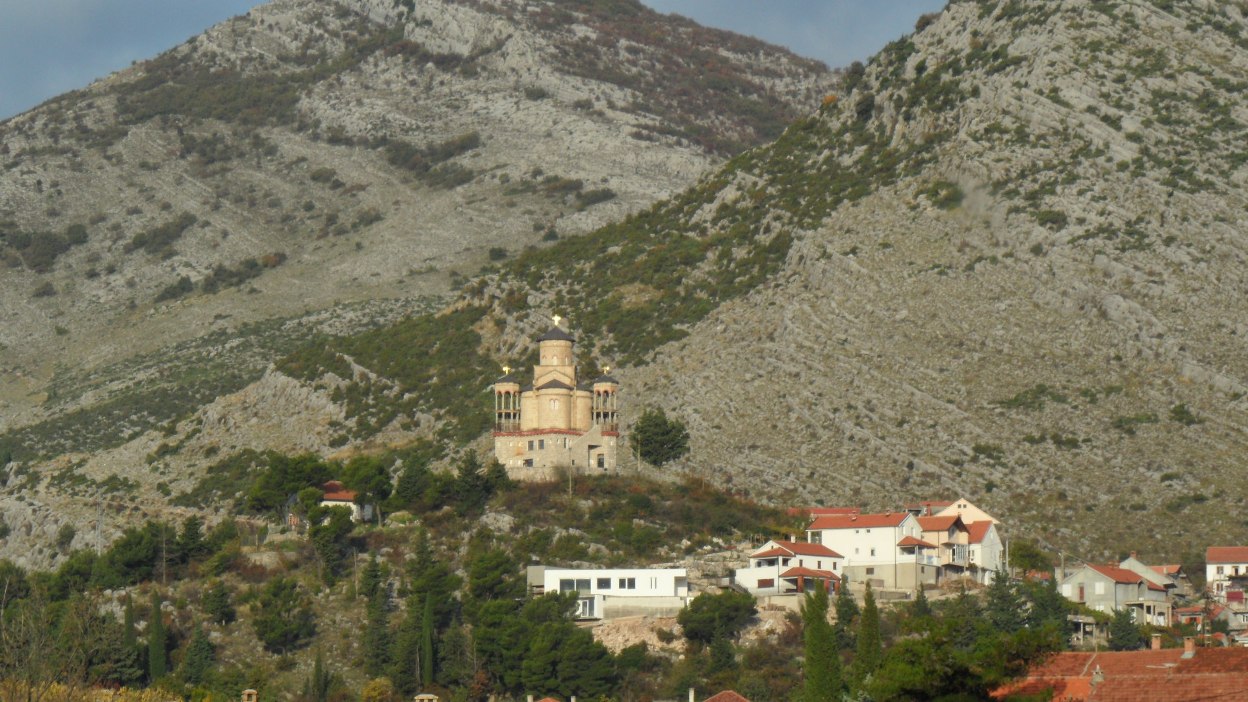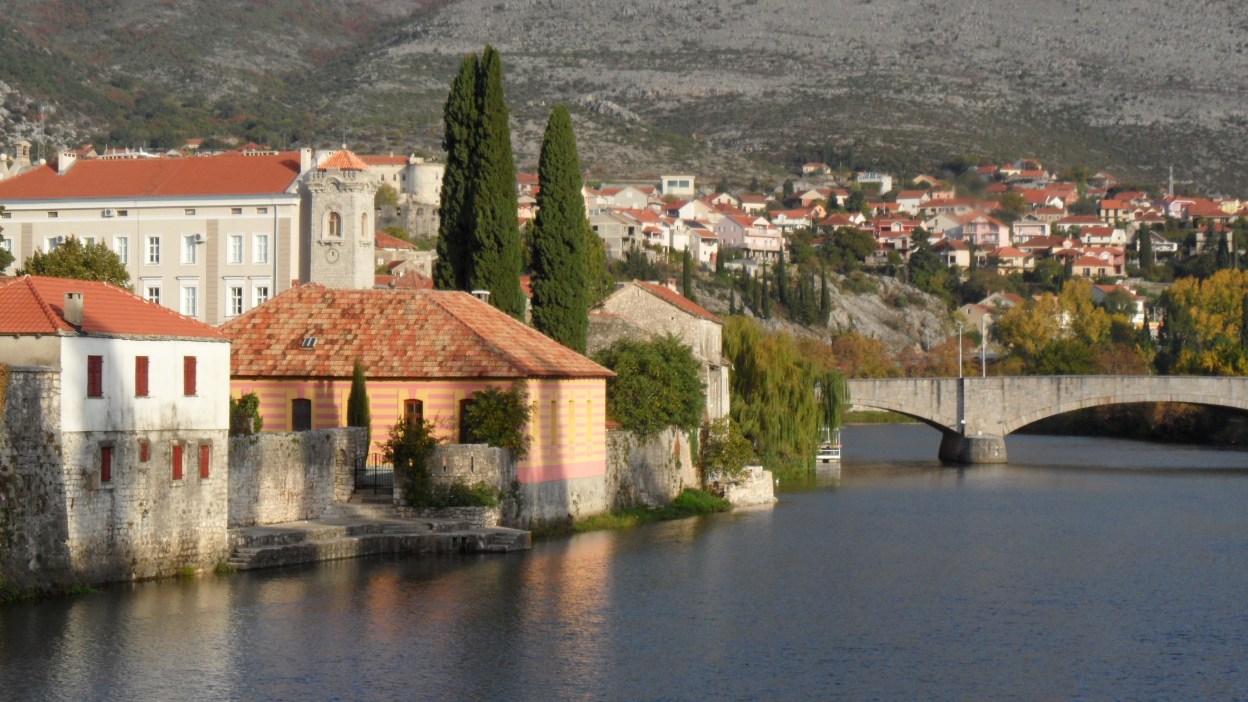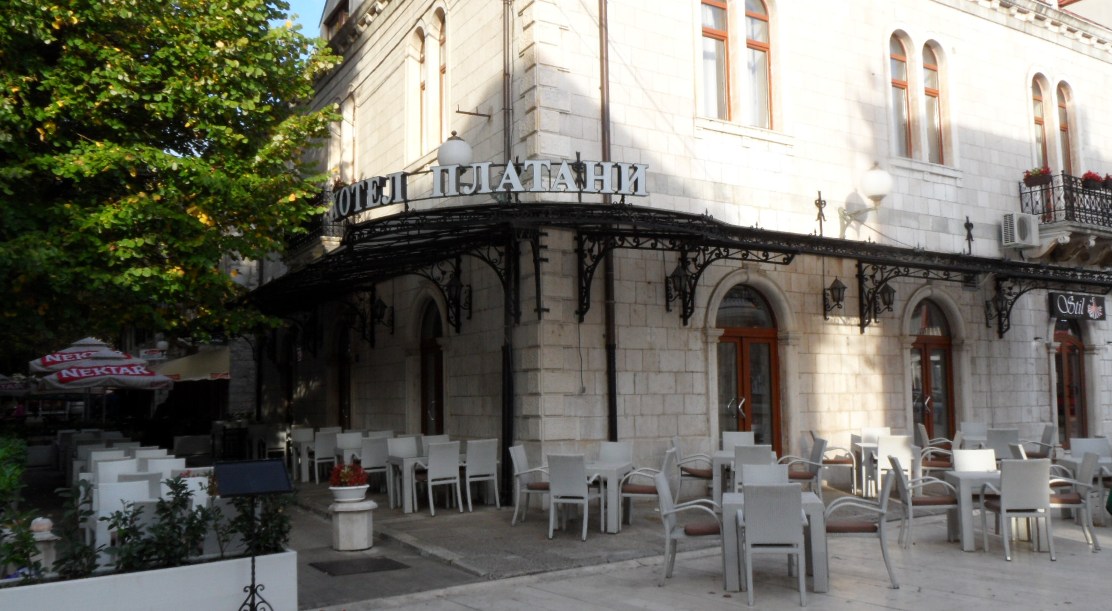Trebinje
You are here: Home > Destinations > Bosnia & Herzegovina > Trebinje
About Trebinje
Trebinje is the southernmost city in Bosnia and Herzegovina, just 28km from the famous city of Dubrovnik across the hills in Croatia. Trebinje ranks with Mostar in terms of beauty and, fortunately, was not heavily damaged during the war, leaving its old town intact. In our opinion, Trebinje is well worth a couple of days of your time; the town itself, although relatively small, has some beautiful old civic and religious buildings. These include the Orthodox Cathedral (early 20th Century), Catholic Cathedral (late 19th Century) and Osman Pasha Mosque (early 18th Century).
The Old Town (Kastel) was built on the banks of the Trebisnjica River at the beginning of the 18th century and grew out of a former handicraft trade centre. The river that flows through the heart of the city had always been known for the enormous old mills along it; although they are not fully functional today, they remain a symbol of Herzegovina's not-so-distant past when everything was directly connected to the power of nature. In Trebinje, that power of nature was bigger before the river was curtailed by the Grancarevo dam, some 15 km away to the north-east. This dam was destined to swallow the Perovic-Arslanagic Bridge (built by Mehmed Pasha Sokolovic in the second half of the 16th century), so to save this beautiful example of Ottoman stone bridge building it was taken, stone by stone, from a village seven kilometres up the river, and rebuilt very close to central Trebinje.
Places of Interest in and nearby Trebinje
- The Museum of Herzegovina - an Austrian army barracks, built at the end of the 19th and the beginning of the 20th Century on the foundations of a Roman, mediaeval and Turkish settlement in the old town, currently houses the Museum of Herzegovina. On permanent display are several collections of archaeological finds, ethnographic artifacts and the legacy of Jovan Ducic.
- Hercegovacka Gracanica – situated on Crkvina hill above the town and built to grant a wish of a famous poet from Trebinje, Jovan Ducic. So, in the year 2000, his remains were returned from the USA to his homeland, actually, as the poet had wished, to Hercegovacka Gracanica, clearly visible from any spot in Trebinje. It is one of the most attractive sacred buildings in Eastern Herzegovina.
- The Wine Road - Herzegovina is a region rich in small vineyards, the most famous of which are the Wine Cellars of the Tvrdos Monastery. The monks have taken care of the vines in the fields of Trebinje and Popovo. Using a traditional technology of wine making, the current monastery vineyard makes the dry red wine ‘Vranac’, white wine and a grape brandy. You can taste wine at the local wineries where they’ll usually give you some great young cheese and olive oil, all produced locally, to taste alongside. Wine is fantastic value here.
- Tvrdos Monastery - built in the 13th century on the fourth-century church foundations, visible through the glass floor, the monastery has been dedicated to the Ascension of the Blessed Virgin Mary and is one of the most significant monasteries in the Republic of Srpska. In the first half of the 16th century the Monastery housed the largest collection of scriptural texts, which made it a cultural and spiritual centre of the region at that time.
- St Vasilije of Tvrdos & Ostrog Church, Mrkonjici - the village of Mrkonjici, situated in the eastern side of Popovo Polje on the Trebinje-Ljubinje road, is a small village where Holy Father Vasilije of Ostrog was born on 28th December in 1610. The Temple of Saint Vasilije of Tvrdos and Ostrog the Wonderworker was sanctified in the village on 12th May,1998 and dedicated to Saint Vasilije. The temple was erected on the foundations of the birth house of the great God’s indulger and is situated on the right side of the road coming from Trebinje.
- Duzi Monastery - situated on the left bank of the Trebisnjica river, 7km downstream of Trebinje, this 16th Century monastery is known as a place which houses a remnant of the True Cross.
- St Apostles Peter & Paul's Monastery - situated 4kms south-westwards from Trebinje. Through oral tradition, this location was originated during the Apostle Paul’s missionary journey through Dalmatia. The Commission for Preserving National Heritage proclaimed Peter-Paul’s Monastery the national heritage of Bosnia & Herzegovina in 2003.
- Paul's Cave – a short 2 kms from Peter-Paul’s Monastery. By an ancient oral tradition, Apostle Paul used to come and baptize the people in this cave, which was later named after him.
- Dobricevo Monastery – Tsar Konstantin and the Nemanjics are said to have founded the monastery. Sources first mention the monastery in the 17th century, although many elements prove its earlier existence.
- Zavala Monastery - Zavala Monastery was constructed in the 13th Century at the edge of Popovo Polje, at the foot of Mount Ostrog. By the national oral tradition, the origins of the Presentation of the Blessed Virgin Mary Church are connected with the first Christian tsar Konstantin.
We look forward to being of service.
Hotels to visit
Where to stay
Flexible Tailor-Made Holidays
- We believe passionately that no two holidays should be the same.
- With our flexible tailor-made holiday options you can travel at your own pace.
- Rediscover a city, a resort or an island in a weekend or longer.
- Take a small group tour or embark upon a more adventurous trip.
Trusted Service
- ATOL cover for flight inclusive holidays.
- One of us at Rediscover the World is very likely to have visited the hotels and travelled along the routes on your itinerary.
- Dynamic, comprehensive travel app with all your documents, maps and much more.
- Full financial protection for your holiday (TTA).
Why book Bosnia with us ?
-
More than 30 years experience of the region
-
Unrivalled expertise of local partner
-
Fly-drive holidays in Bosnia & neighbours
-
Activity holidays / Food-themed breaks
- Personally chosen hotels & guest houses
- Off the beaten track
-
24hr assistance in Bosnia & Herzegovina
